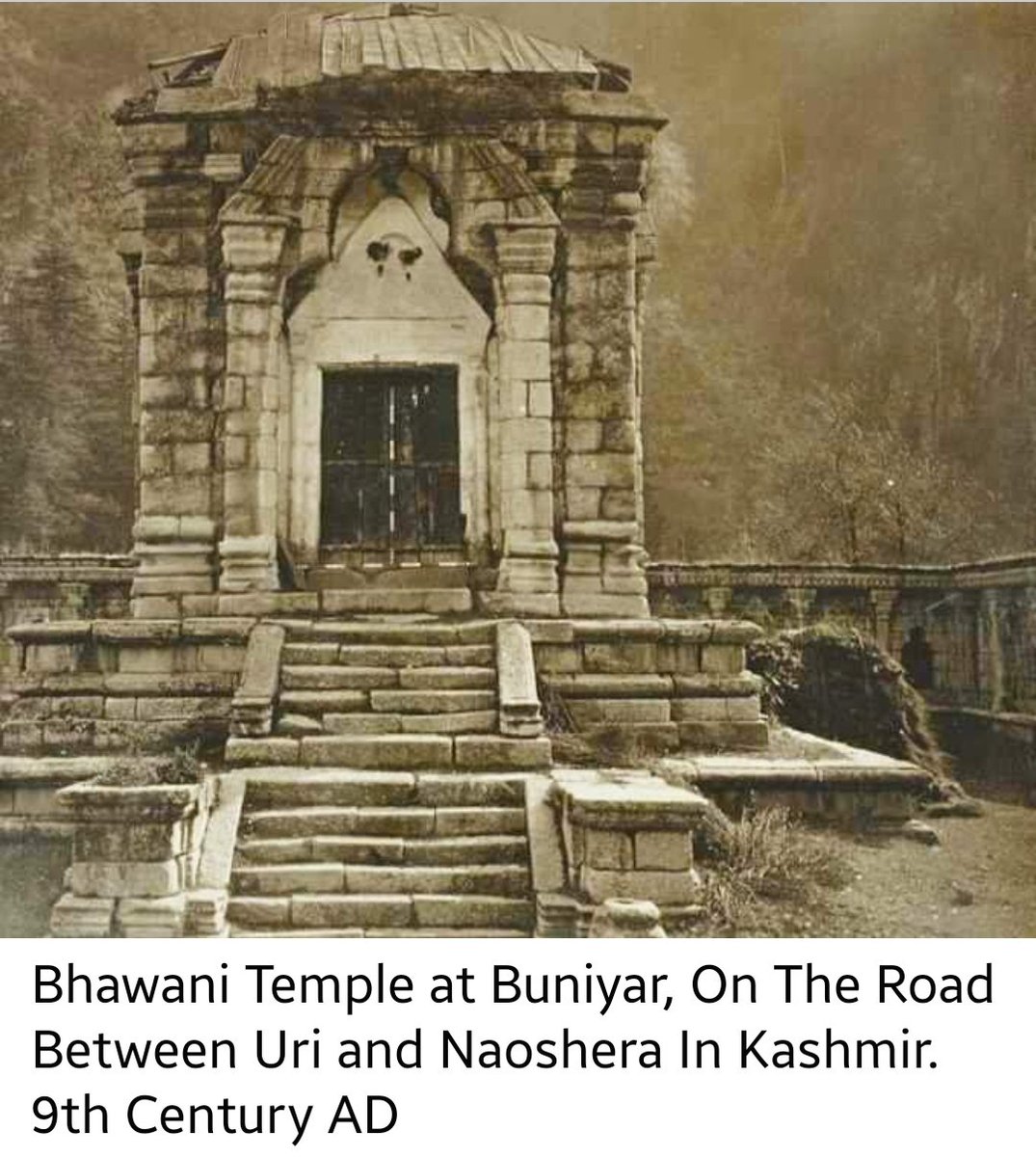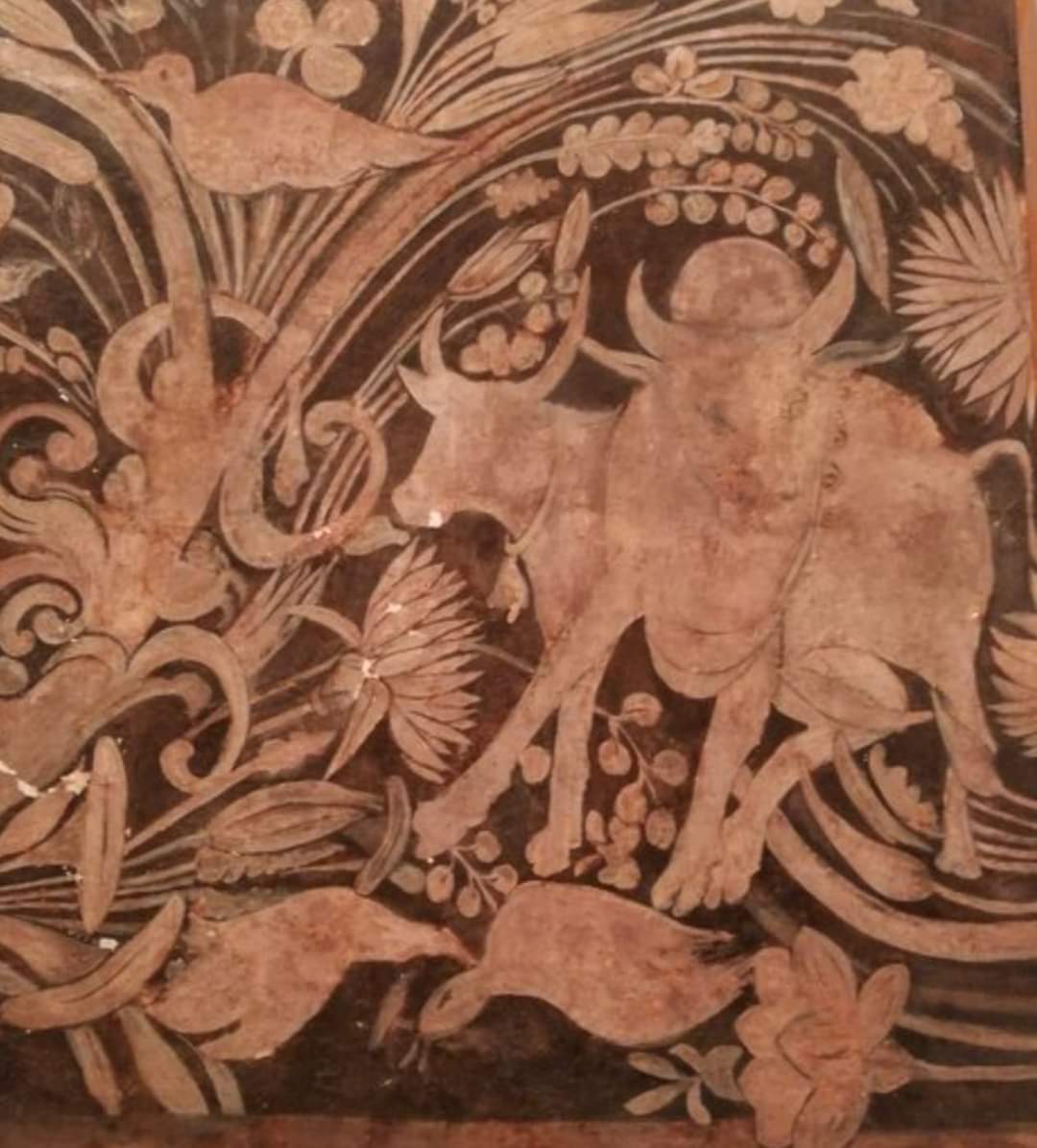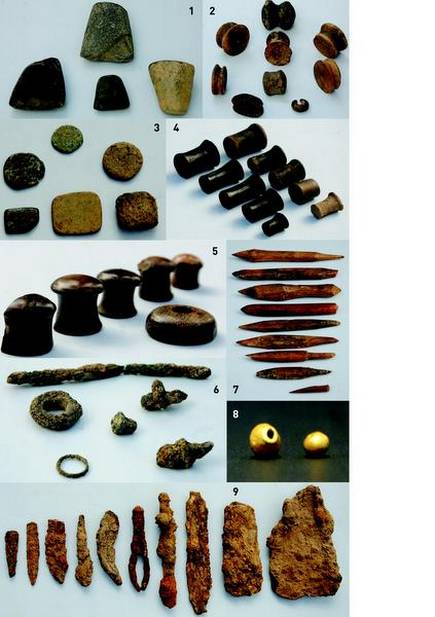
Do you know?
The name "Kashmir" means "desiccated land" (from the Sanskrit: ka= water and shimeera= desiccate). In Rajatarangini, a history of Kashmir written by Kalhan in the mid-12th century, it is stated that the valley of

The name "Kashmir" means "desiccated land" (from the Sanskrit: ka= water and shimeera= desiccate). In Rajatarangini, a history of Kashmir written by Kalhan in the mid-12th century, it is stated that the valley of


Kashmir was formerly a lake known as "Satisar", named after goddess Sati, the consort of Bhagwan Shiv. According to Hindu tradition, the lake was drained by the Rishi Kashyap, son of Marichi (son of Brahma) by cutting the gap in the hills at Baramulla (Varaha-mula). 



When Kashmir had been drained, Kashyapa asked Brahmans to settle there. So this is how Kashmir got its name.
In 78 CE, fourth Buddhist Council was held in kundalvan, Kashmir under the patronage of Kanishka - the great Kushan emperor. Rajatarangini of Kalhan,..
In 78 CE, fourth Buddhist Council was held in kundalvan, Kashmir under the patronage of Kanishka - the great Kushan emperor. Rajatarangini of Kalhan,..

...gives a detailed account of all ruling Hindu dynasties till 11th century. When Martand Sun Temple was built by King Lalitaditya in 8th century, land and population was Hindu. When cities like Anantnag, Srinagar, Varaha mula ( baramulla) were established, Kashmir was Hindu.
Then came the Islamic invaders in 14th century. Shah Mir dynasty was established and then began the Islamisation of this ancient Hindu land. The barbarian Sikander earned the title of "butshikan" or destroyer of idols. Hundreds and hundreds of Hindu temples were razed to ground,.
...murtis broken to pieces and population forcefully converted to Islam. Such atrocities were continued later under mughals. With the beginning of militancy during 1990s lakhs of Kashmiri pandits were forced out of valley, their homes and shops occupied.
Those who refused this exodus were butchered.Thus ancient land of sage kashyap now had an alien identity. An identity of Arabic desert cult. So the"Kashmiriyat" that islamists of present Kashmir talk about was never originally theirs.Kashmir was Hindu when Islam was'nt even born.
• • •
Missing some Tweet in this thread? You can try to
force a refresh


























